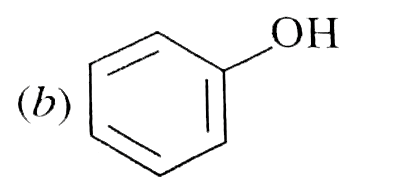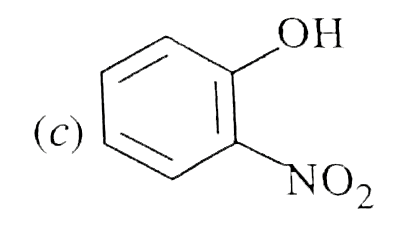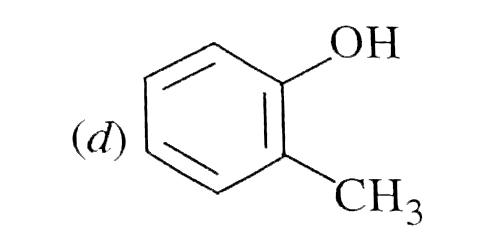Which of the acids given below is the strongest acid?
CH2FCOOH
CH2 ClCOOH
CHCl2 COOH
CHF2 COOH
To determine which of the given acids is the strongest, we need to analyze the stability of the conjugate bases formed when each acid donates a proton (H⁺). The stability of the conjugate base is crucial because the more stable the conjugate base, the stronger the acid.
1. Identify the Acids: Let's denote the given acids as follows:
- Acid 1: R-COOH (with a specific substituent)
- Acid 2: R-COOH (with a different substituent)
- Acid 3: R-COOH (with another substituent)
- Acid 4: R-COOH (with yet another substituent)
2. Dissociation of Acids: When each acid donates a proton, it forms a conjugate base:
- Acid 1 → R-COO⁻ (Conjugate Base 1)
- Acid 2 → R-COO⁻ (Conjugate Base 2)
- Acid 3 → R-COO⁻ (Conjugate Base 3)
- Acid 4 → R-COO⁻ (Conjugate Base 4)
3. Analyze the Conjugate Bases: The stability of each conjugate base depends on the substituents attached to the carbon chain. The more stable the conjugate base, the stronger the acid.
4. Electronegative Substituents: Consider the effect of electronegative substituents (like F and Cl) on the stability of the conjugate bases:
- Fluorine (F) is more electronegative than chlorine (Cl).
- The presence of electronegative substituents can stabilize the negative charge on the conjugate base through an inductive effect (−I effect).
5. Compare the Effects:
- For Acid 1 with one F: The conjugate base will have some stabilization due to the −I effect of F.
- For Acid 2 with one Cl: The conjugate base will have less stabilization compared to Acid 1.
- For Acid 3 with two Cl: The conjugate base will have more stabilization than Acid 2 but still less than Acid 1 with F.
- For Acid 4 with two F: The conjugate base will be the most stabilized due to the strong −I effect from both F atoms.
6. Conclusion: Comparing the stability of the conjugate bases, Acid 4 (with two F substituents) will have the most stable conjugate base, making it the strongest acid among the options provided.
Final Answer:
The strongest acid is Acid 4 (with two fluorine substituents).
---
- Acid 1: R-COOH (with a specific substituent)
- Acid 2: R-COOH (with a different substituent)
- Acid 3: R-COOH (with another substituent)
- Acid 4: R-COOH (with yet another substituent)
- Acid 1 → R-COO⁻ (Conjugate Base 1)
- Acid 2 → R-COO⁻ (Conjugate Base 2)
- Acid 3 → R-COO⁻ (Conjugate Base 3)
- Acid 4 → R-COO⁻ (Conjugate Base 4)
- Fluorine (F) is more electronegative than chlorine (Cl).
- The presence of electronegative substituents can stabilize the negative charge on the conjugate base through an inductive effect (−I effect).
- For Acid 1 with one F: The conjugate base will have some stabilization due to the −I effect of F.
- For Acid 2 with one Cl: The conjugate base will have less stabilization compared to Acid 1.
- For Acid 3 with two Cl: The conjugate base will have more stabilization than Acid 2 but still less than Acid 1 with F.
- For Acid 4 with two F: The conjugate base will be the most stabilized due to the strong −I effect from both F atoms.
The strongest acid is Acid 4 (with two fluorine substituents).
Topper's Solved these Questions
- ALDEHYDES, KETONES & CARBOXYLIC ACIDSBook:NARAYNAChapter:ALDEHYDES, KETONES & CARBOXYLIC ACIDSExercise:EVALUATE YOURSELF -1
Explore 8 Videos
- ALDEHYDES, KETONES & CARBOXYLIC ACIDSBook:NARAYNAChapter:ALDEHYDES, KETONES & CARBOXYLIC ACIDSExercise:EVALUATE YOURSELF -2
Explore 8 Videos
- ALCOHOLS, ETHERS, PHENOLBook:NARAYNAChapter:ALCOHOLS, ETHERS, PHENOLExercise:Assertion Reaosn
Explore 10 Videos
- AMINES & DIAZO COMPOUNDSBook:NARAYNAChapter:AMINES & DIAZO COMPOUNDSExercise:Subjective type Q.
Explore 13 Videos
Similar Questions
Knowledge Check
Which is the strongest acid ?
AHCOOHBCH3COOHC(CH3)2CHCOOHD(CH3)3CCOOHWhich is the strongest acid ?
ACH3OHBCH3CH2OHCC6H5COOHDC6H5SO3H.Which is the strongest acid ?
ACl−CH2−CH2−OHB C
C D
D
